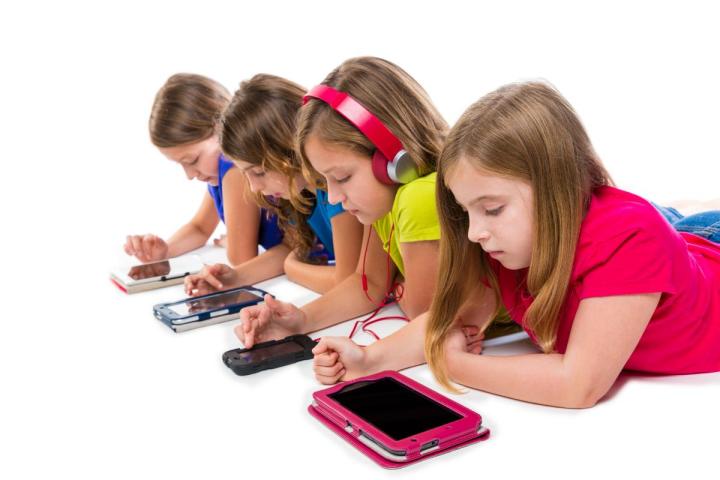
Back in 1995, children spent an average of 3 hours a day in front of a screen, according to Childwise in its new Connected Kids report. Twenty years later, that number has more than doubled to 6 1/2 hours a day. Teen boys lead the way with an average of 8 hours a day in front of a screen, while 8-year-old girls spend 3 1/2 hours in front of a screen, the least of any group included in the study.
The study also finds that multi-screen viewing isn’t just an adult behavior – kids are also using multiple screen-equipped devices at the same time.
“The main difference from the 1990s is that then TV and magazines were the main ways for connecting kids to the media and now they have different devices from tablets, mobiles, games consoles and they have a much higher screen time,” according to research executive Matthew Nevard, who was quoted in a BBC article about the Childwise study.
Children also appreciate the privacy of apps like WhatsApp and Snapchat, according to the study. “It reflects the image culture which has emerged, where pictures are utilized to give a better representation of current moods and or activities,” according to the study.
Wearable technology such as smartwatches and virtual reality headsets will see rising adoption by children, predicts Childwise. Products like LeapBand and LG’s KizON are already making that a reality.
In 2009, Childwise found that kids spent an average of 6 hours a day in front of screens, and that a third of respondents said they couldn’t live without their computer.
Companies are certainly aware of this trend of children consuming more digital media via various devices. For instance, Vine recently launched Vine Kids, a standalone app that shows younger audiences age-appropriate content. Soon afterward, YouTube Kids launched for Android and iOS devices.


